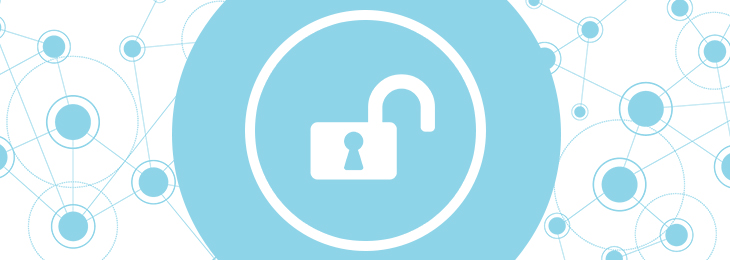
Nowadays, it seems not a day goes by without another high-profile data breach being announced. From Equifax and Uber to Forever 21, no company, no matter how big, seems safe from sensitive information leaks. The consequences for these breaches range from loss of profit and customer confidence to more serious charges of noncompliance with data protection regulations and hefty fines.
Data Loss Prevention (DLP) technologies were developed to tackle this increasing threat to the security of companies’ most sensitive information. Since their emergence, they have become an indispensable part of IT departments’ security framework, protecting against both insider and outsider threats and helping to maintain compliance with increasingly complex data protection regulations.
While Data Loss Prevention has become a household name in the world of information security and more and more businesses are investing in DLP solutions, some fail to make the most of the functionalities such tools can offer. Often this is caused by a failure to understand that DLP solutions work best when they are customized to suit a companies’ particular needs.
Most DLP tools, such as Endpoint Protector, come with predefined easy-to-use profiles for compliance and data generally considered sensitive such as Personally Identifiable Information (PII). However, it is crucial that businesses also take the time to find out what sensitive data means in the context of their operations and how people in their employment access and use it to perform their daily tasks.
This can be done through DLP solutions by following a few basic steps:
1. To start off, use DLP tools in monitor-only mode
DLP solutions offer companies the possibility to block or limit transfer of sets of information, both predefined and set by administrators. But how can the rules applicable to one company be decided on? Often, these are based on assumptions and general scenarios rather than definite information, which can be risky considering employers and network administrators are not always aware which information travels across and outside the network and how.
Running DLP solutions in monitor-only mode before applying control policies can help companies track relevant data to see how it is being used and by whom. Vulnerable spots in a network can thus be discovered as well as the itinerary sensitive information takes. Based on the results of the monitoring, rules can be fine-tuned to the particular use case of the company, creating a unique data profile that can then be utilized to build relevant DLP policies.
2. Start creating control policies
Sensitive data can mean something very different for each company. Most DLP products will provide predefined rules for tracking Personal Identifiable Information or data that must be protected under regulations such as HIPAA, PCI-DSS or GDPR, but there will always be confidential information pertaining exclusively to an industry or a particular type of business being conducted. The security of information such as chemical formulas, blueprints, unpublished manuscripts or videos can be imperative for companies operating within certain industries.
It is therefore important that companies not only apply predefined rules covering general sensitive data and compliance profiles, but also internally assess the information it processes and decide which data’s security is paramount to the well-being of their business. They must then define it as such through their DLP systems by creating policies around it and thus ensuring its protection.
3. Raise employee awareness effectively
Employee negligence is one of the biggest causes of data leaks worldwide. While it is important for companies to set internal rules regarding the handling of sensitive information, training and briefings are also necessary to keep employees informed about the latest developments in data protection policies and regulations.
DLP monitoring can also help in this case by providing insights into how employees access and use sensitive data in the discharging of their duties. This can pinpoint areas of weakness in the network, whether certain users are more prone to neglect or employees are ignorant about certain best practices when handling sensitive data. This can greatly contribute to more effective training in the area of data protection, by addressing real issues flagged by a company’s DLP solution.
Data Loss Prevention solutions were created to help companies prevent both intentional and accidental data breaches, but to make full use of them, IT administrators must be willing to further investigate what data security means for their companies. Like all tools, DLP solutions work best when they are scaled and adjusted to the singular challenges faced by the companies they are meant to serve.
Download our free ebook on
Data Loss Prevention Best Practices
Helping IT Managers, IT Administrators and data security staff understand the concept and purpose of DLP and how to easily implement it.















